Want to capture the beautiful photographs of the night sky? Are you a beginner interested in getting one of the best astrophotography telescopes? To help you find best telescope camera and accessories, this is a list of top select best telescopes and kits for most astrophotographers this year.
Best Binoculars for Photographers
Browse now
A List of Top 10 Best Astrophotography Telescopes for Beginners
Lunt Solar Systems – Day and Night Modular Professional Telescope
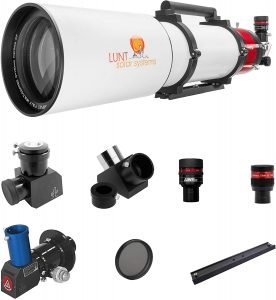
Top of our list is the expensive Lunt Solar Systems professional telescope. First thing first, it’s a refactor-based system with a precision-aligned triplet ED lens alongside a 130 mm aperture. This telescope allows for enhanced visual and imaging capability for the observer as well as a research tool for the avid hobbyist. Modeled with telescope red dot finder technology built into the handle, our telescope inherently helps to target the sun quickly and safely. Overall, the resulting views are dynamic and impressive. It’s also easy to switch between H alpha and APO triplet refractor functionality. It’s very exciting for night time.
Celestron 127EQ PowerSeeker
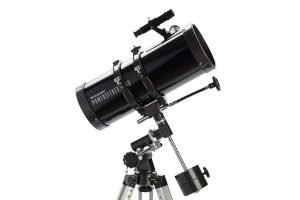
This telescope is an incredible starter scope. It very well may be utilized with number one and two on our rundown, the cell phone mount and at-ring. It has a tremendous amount of intensity and a versatile application that helps make the entire “discovering planets” thing significantly less demanding. If you genuinely need to take astounding pictures, you can likewise add the Celestron Motor Drive to keep movement reliable and to take shocking photos of far-off things like cosmic systems and nebulae.
Pros:
- Two-year Celestron guarantee
- Celestron handy application makes utilize less demanding Tripod is crummy.
- Overload it for best outcomes
Cons:
- Eyepiece is below average
- Needs moving up to be utilized to maximum capacity
Any Huge Lens
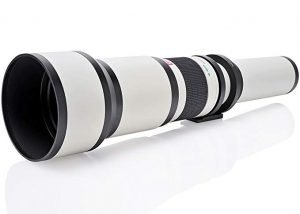
Another first answer for taking photos of the moon and to a lesser degree the planets is a colossally strong focal point. Luckily, an assortment of such focal points exist. One is the Opteka 650-1300mm for Canon or Nikon. While this isn’t the ideal way or an approach to get genuinely much zoom control, it is a fundamental approach to take photos of the moon and sky. In case you’re threatened by the procedure and would prefer not to spend for a P900, at that point this might be an excellent approach.
Pros:
- The shoddy and basic answer for DSLR proprietors
- Effortless setup
Cons:
- Won’t permit propelled pictures that track the development of sky
Orion SkyScanner 10012
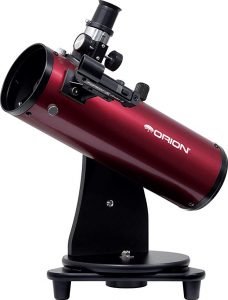
The Orion SkyScanner 10012 highlights 100mm illustrative essential mirror optics, dissimilar to numerous section level models that utilization plastic focal points. This implies it offers a better light reflection to make symbolism that is much clearer than the opposition.
Pros:
- Has a wide-point vision
- 40x amplification control
Cons:
- Challenging to tweak the core interest
Celestron PowerSeeker 70AZ
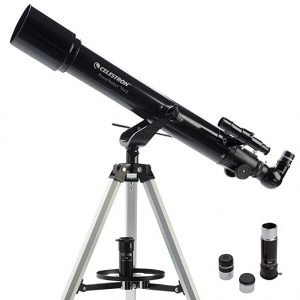
The Celestron PowerSeeker 70AZ is the perfect decision for kids who are occupied with space science. It won’t dive too profoundly into your wallet, and it is lightweight enough that they can move it around without parental help. It can’t track objects, however.
Pros:
- Appropriate for the earthly survey as well
- Outlined setup direct
Cons:
- The stand isn’t exceptionally steady
Orion 09007 SpaceProbe 130ST
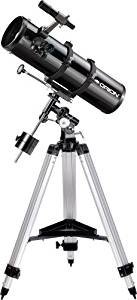
The Orion 09007 SpaceProbe 130ST highlights an EQ-2 central mount for the smooth following of moderate moving heavenly questions. It has a 6×30 finderscope and accompanies two Sirius Plossl eyepieces, and also a helpful collimation top.
Pros:
- Optional mirror decreases light misfortune.
- Advantageous hand controls
Cons:
- Tripod base wobbles a bit
Top Best VHS to Digital Converters: Reviews
Celestron NexStar 127SLT
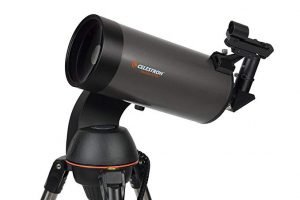
The Celestron NexStar 127SLT is prescribed for specialists who are prepared to venture up from their entry-level model, yet can’t legitimize getting into the four-figure value run. It includes the StarPointer finderscope to make finding objects somewhat less demanding.
Pros:
- Accompanies skyx planetarium programming
- Can demonstrate to you the rings on Saturn
Cons:
- Dynamic following performs inadequately.
Meade 16-Inch LightBridge
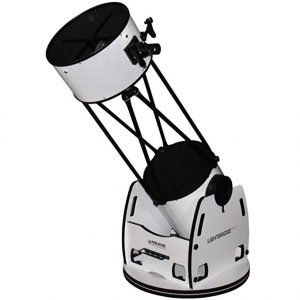
The Meade 16-Inch LightBridge offers bright and fresh perspectives under any conditions, yet costs not as much as many untouchable models. It has an overlaid base so that the hub can deal with smooth, unobtrusive changes, and it accompanies a one-year guarantee.
Pros:
- Brisk setup and bring down.
- Strong open support outline
Cons:
- Hostile to intelligent coatings
Gskyer Telescope, AZ70400 German Technology Astronomy Telescope
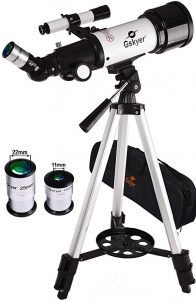
If you’re a climber who loves hiking, outdoor sports or just plain fun watching concerts or sports, then you should have this best budget telescope.
- Quick set up
- Easy find your objects
- 5X24 finderscope with mounting bracket and cross line
- Comes with a carry bag
Meade Instruments Infinity 102mm AZ Refractor Telescope
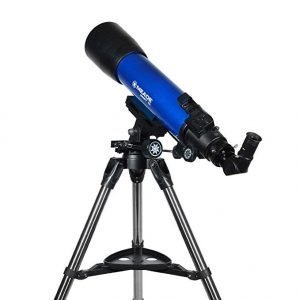
The Meade Instrument Infinity telescope comes with fine tuning knobs, which it easy to track during celestial viewing.
- Adjustable height aluminum altazimuth mount
- Slow motion controls for precision tracking
- Easy assembly
- Bright, sharp images for both land and celestial objects
Celestron CPC 1100 StarBright XLT GPS Schmidt-Cassegrain 2800mm Telescope
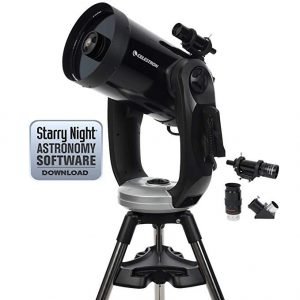
Its red dot viewfinder is really useful to help you point your scope at objects you want to observe. The Celestron CPC 1100 is a very nice scope at a great price. Great performance across the board. It’s not cheap, though. But you’ll just love it.
- Accessory tray stores accessories while observing
- Ergonomic design
